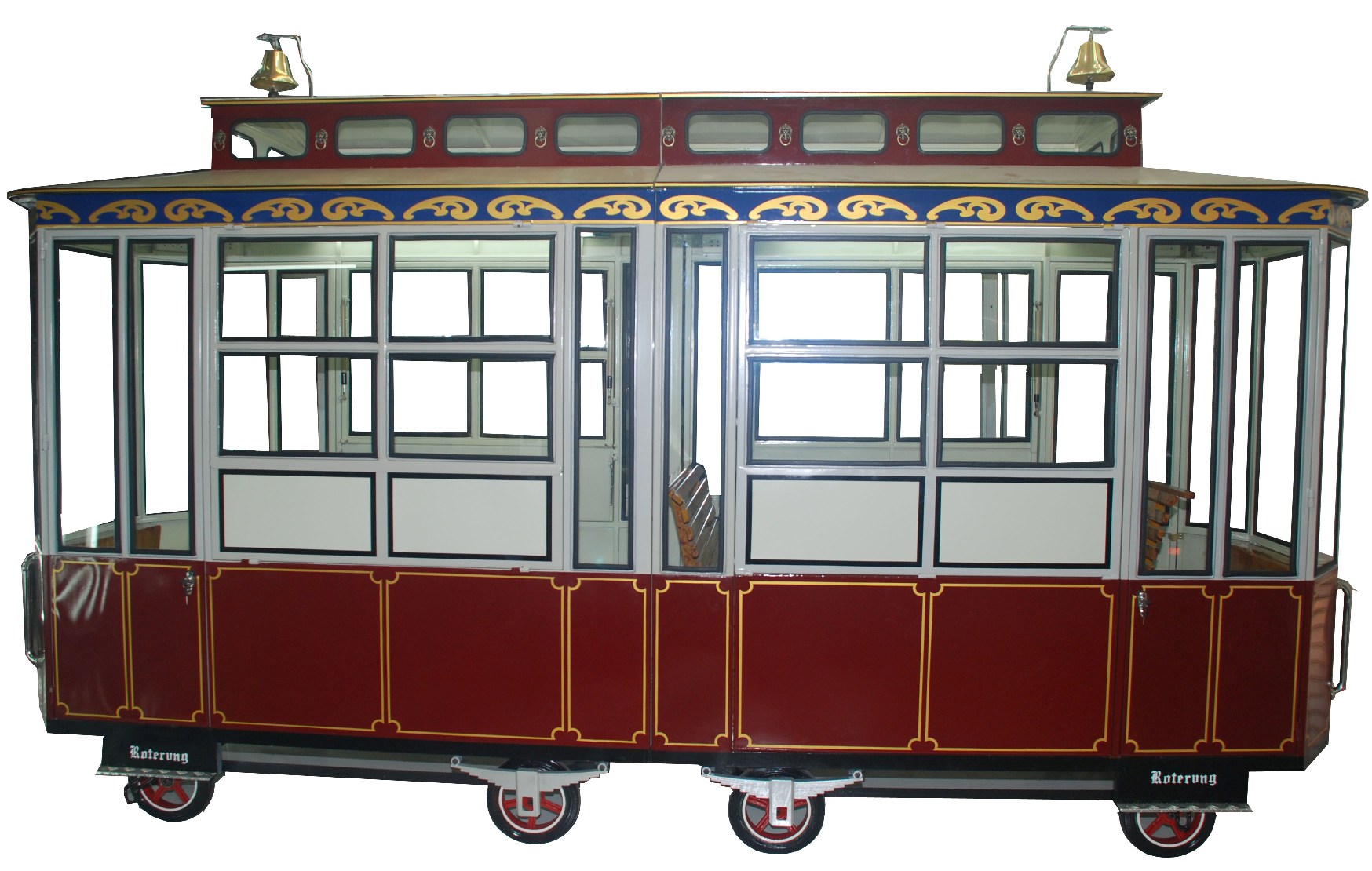
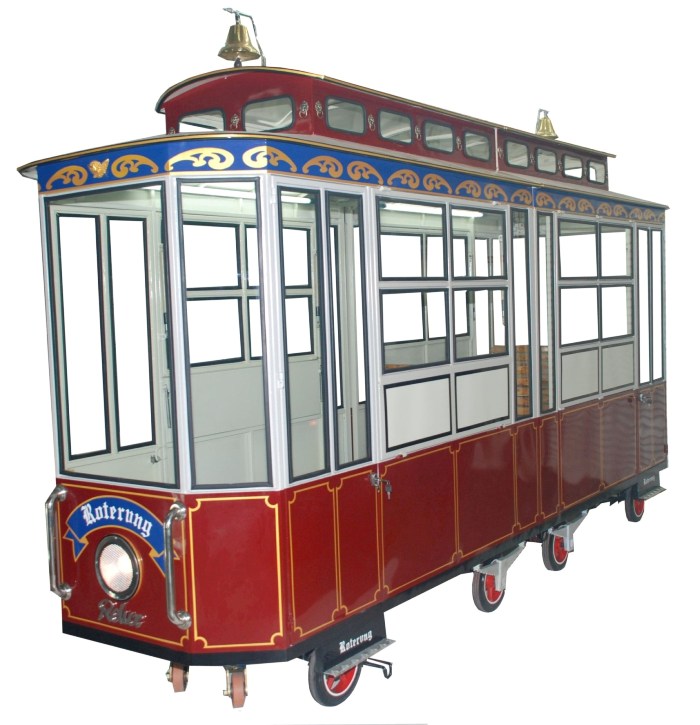
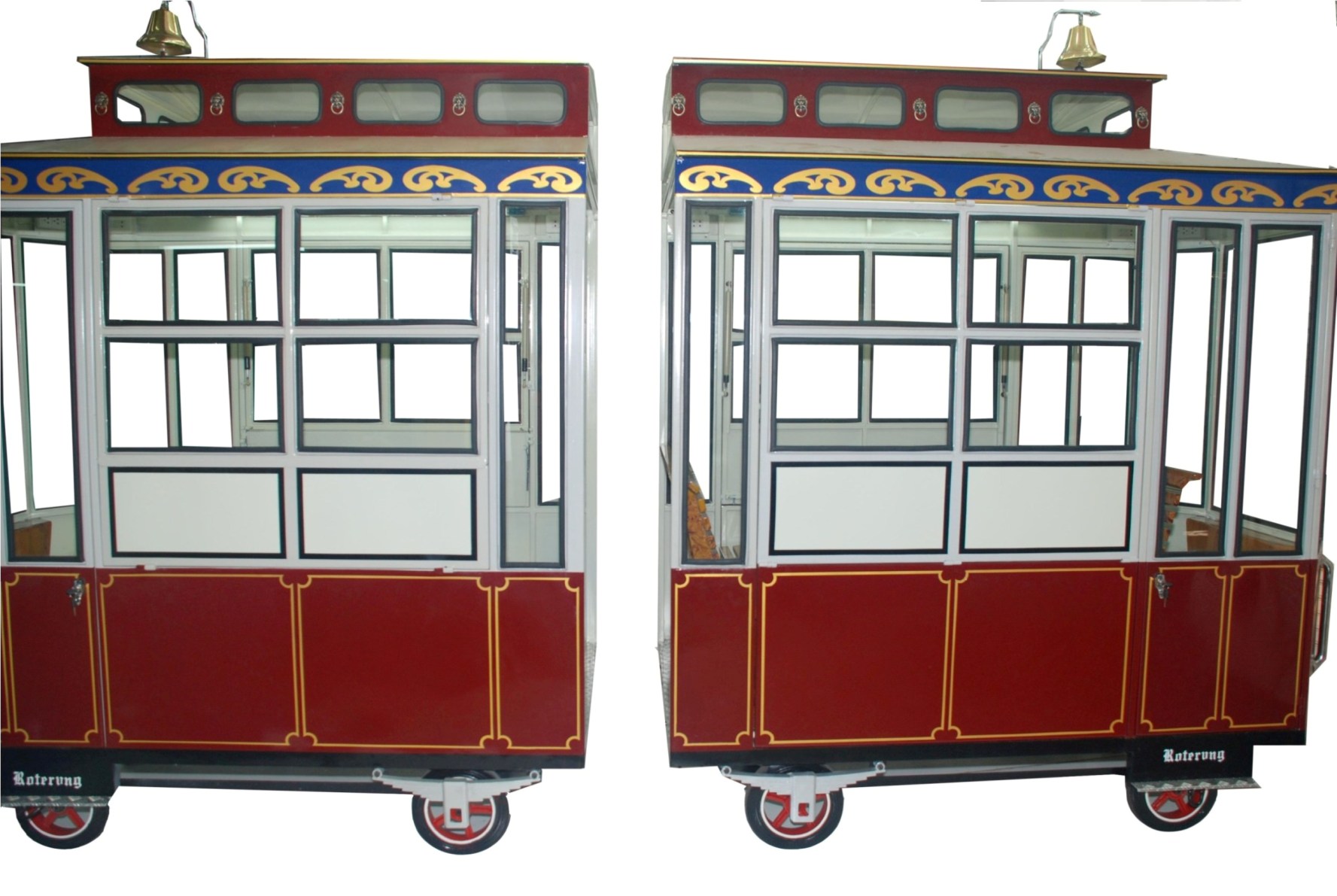
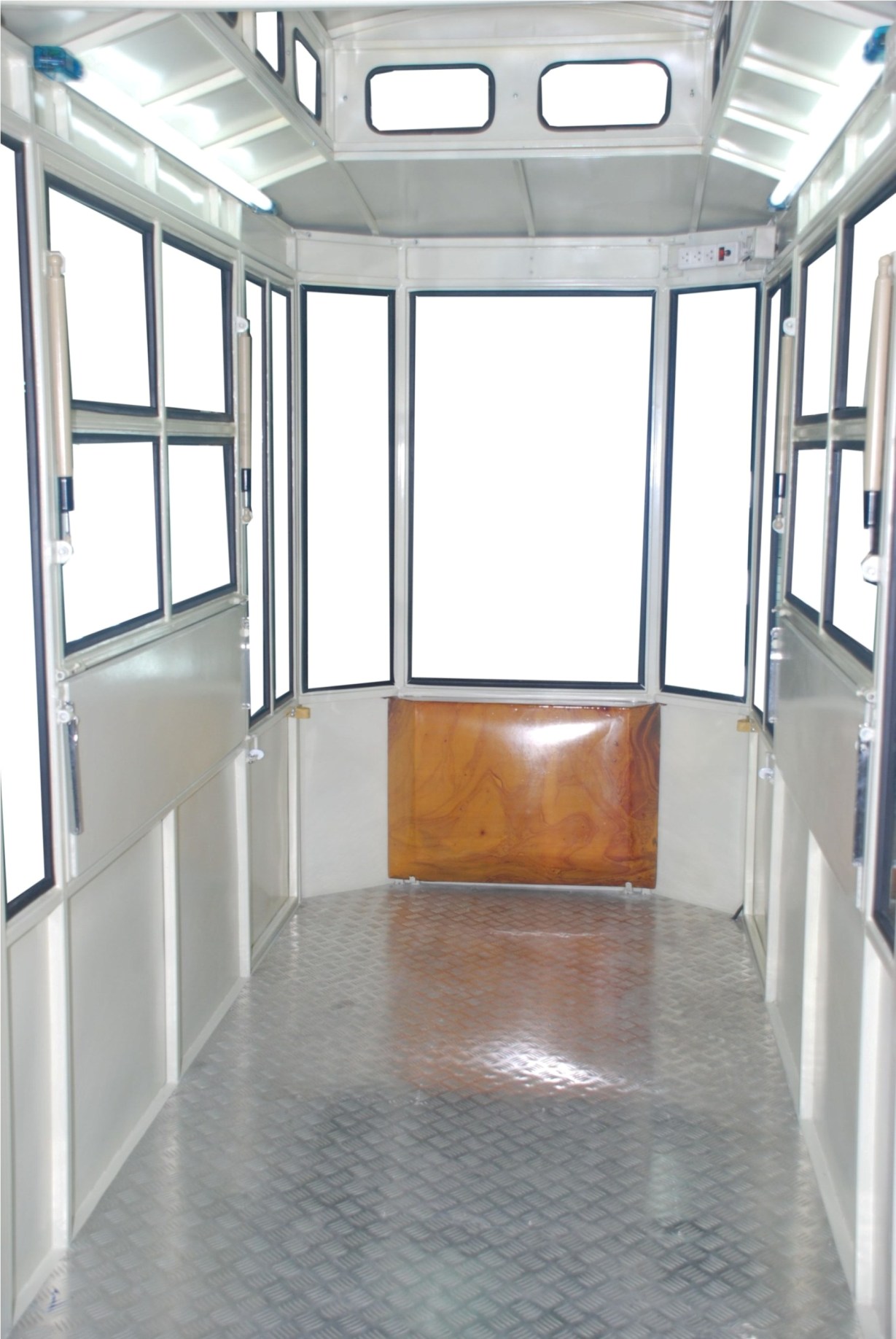
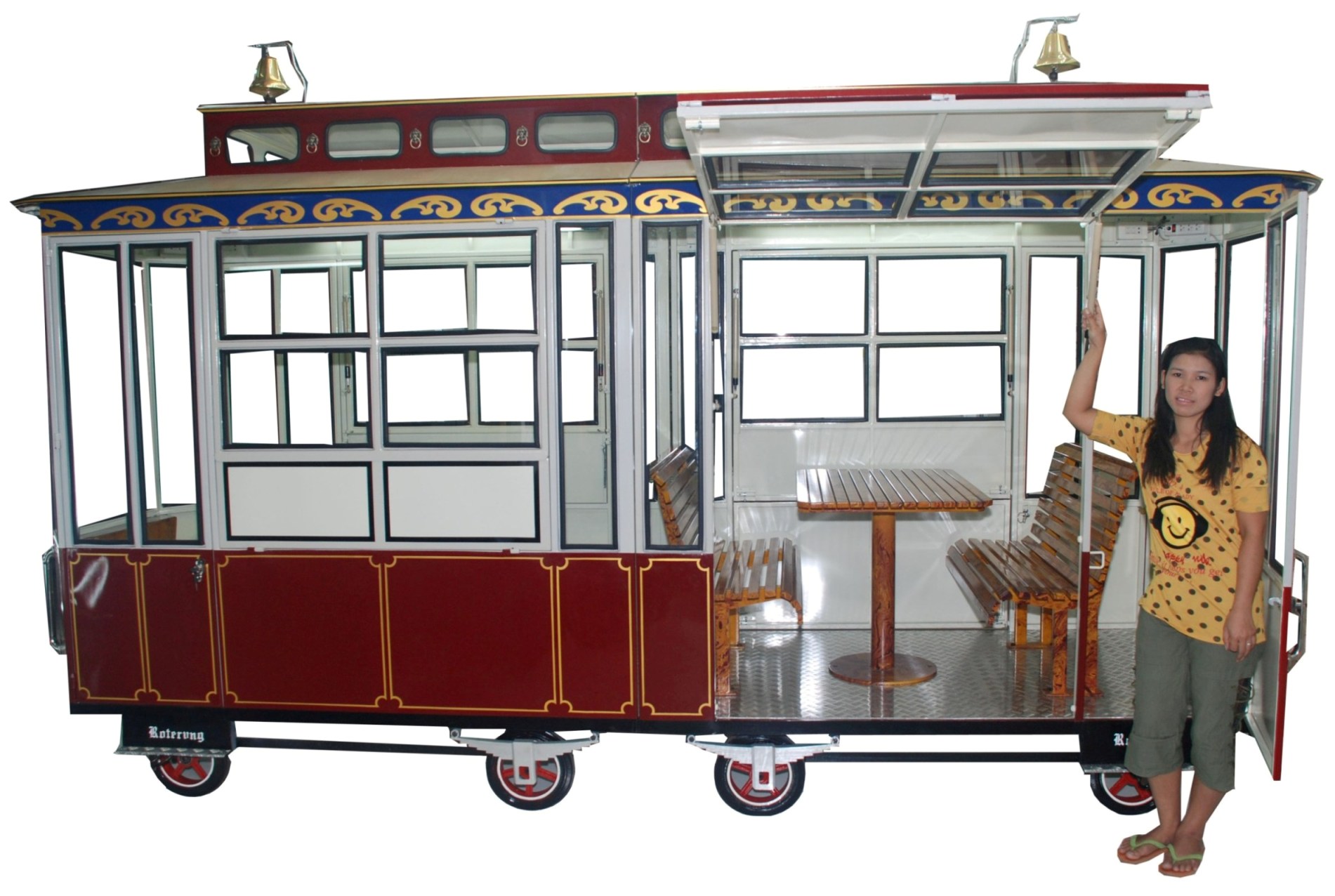
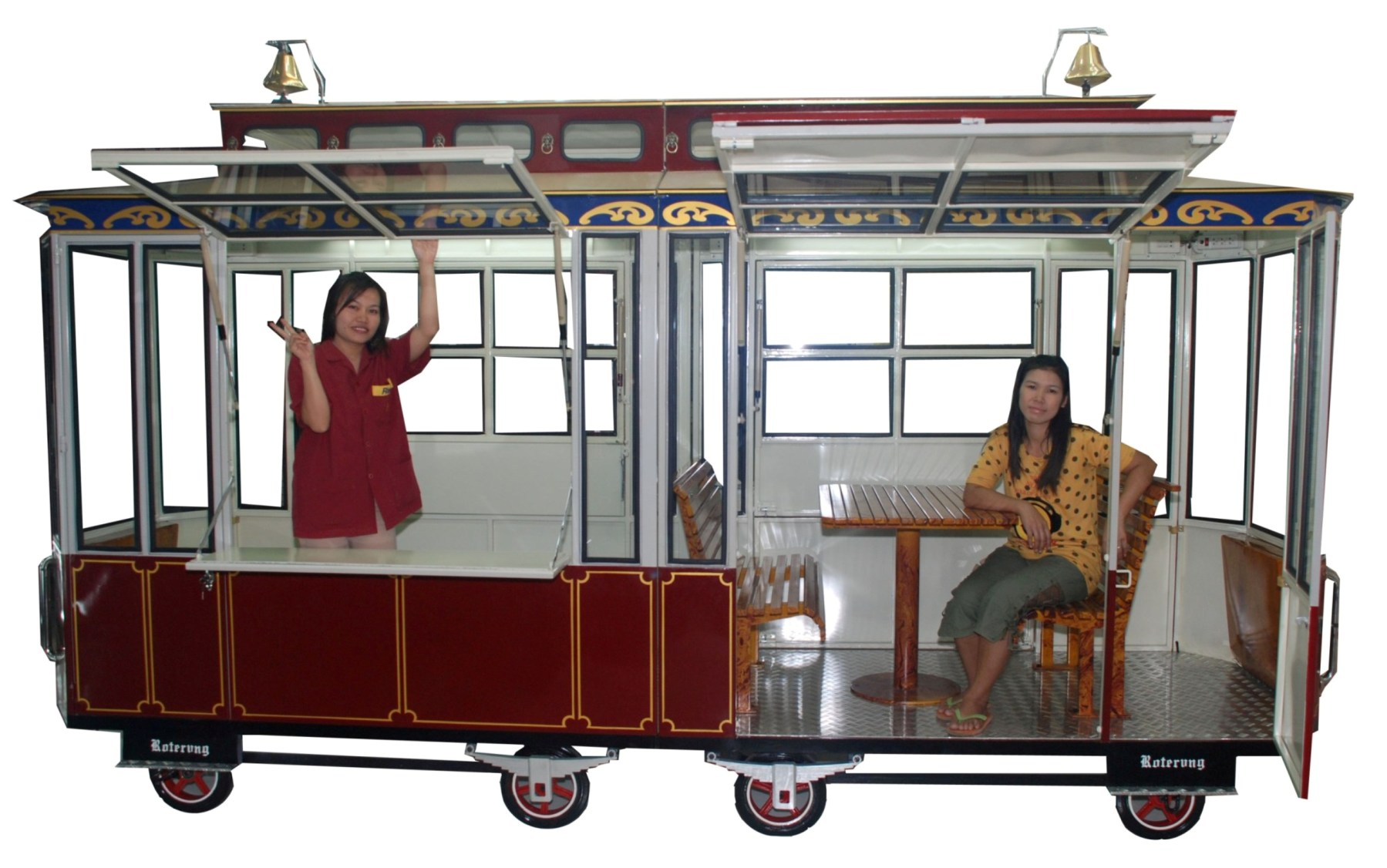
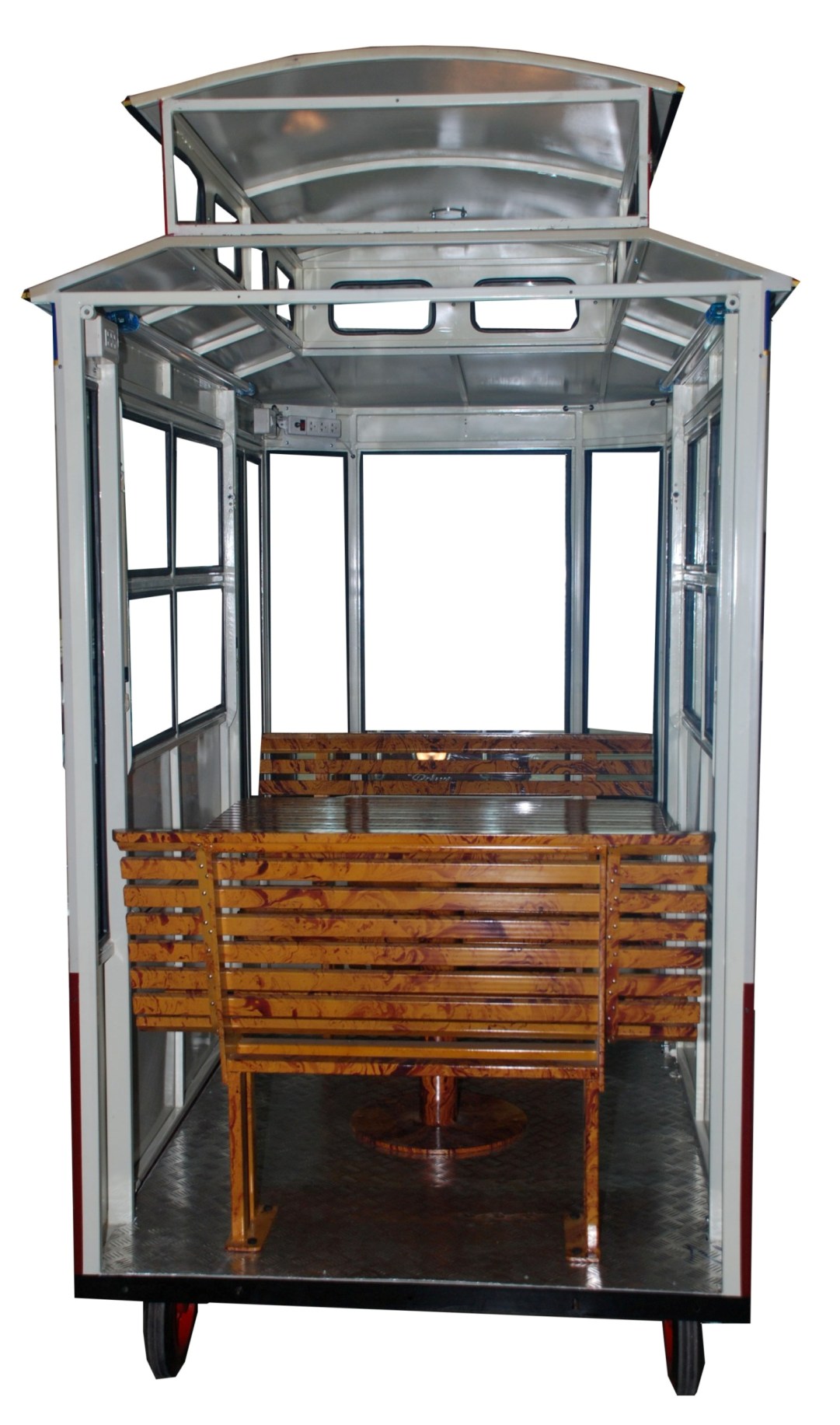
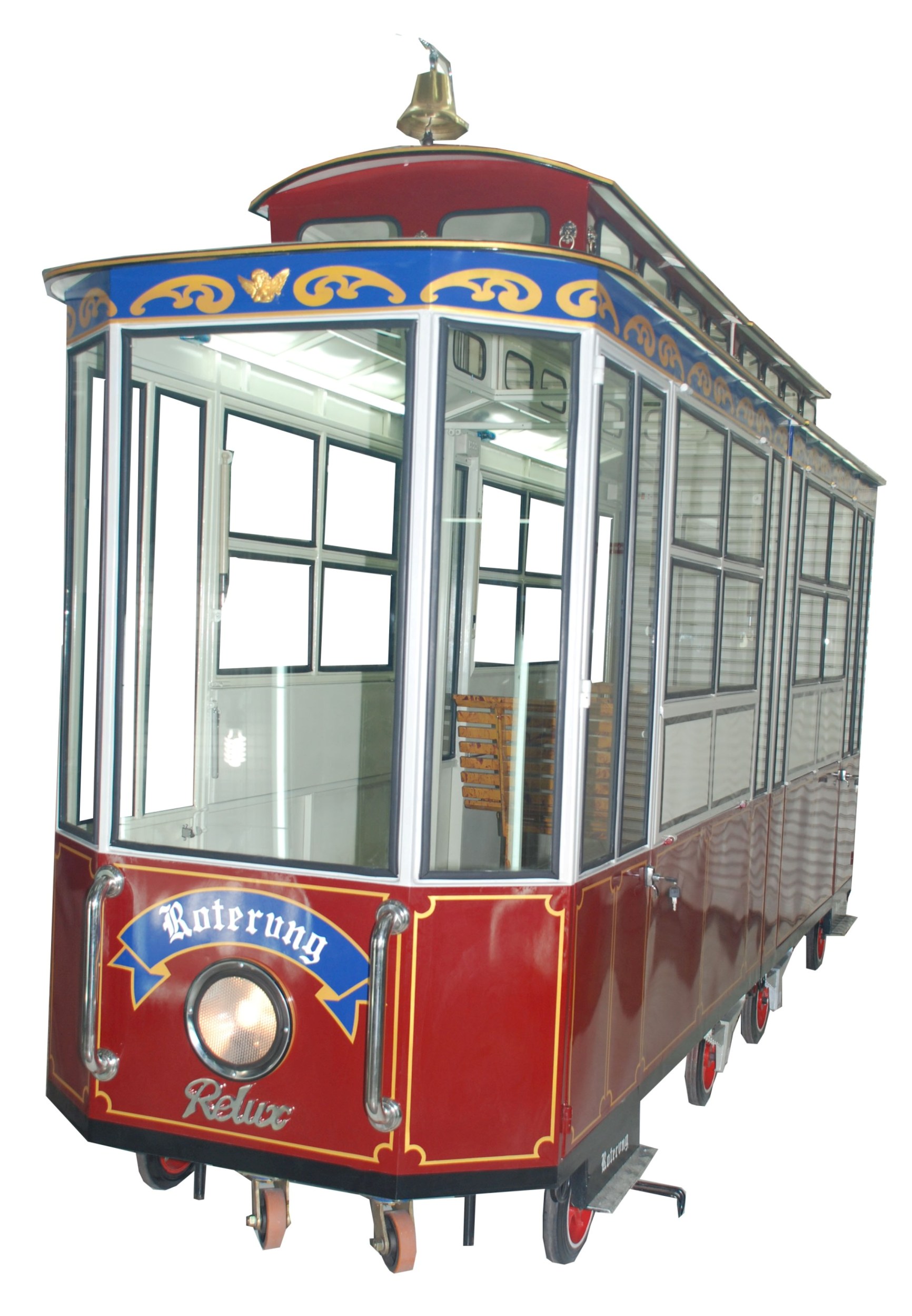
Relux รถเข็นเหล็กคีย์ออส สำหรับโชว์สินค้า/จำหน่ายสินค้า/เป็นเฟอร์นิเจอร์ รุ่น รถราง Tramcar (Rote Rung)
20 ธันวาคม 2564
ผู้ชม 2911 ผู้ชม
Relux รถเข็นเหล็กคีย์ออส สำหรับโชว์สินค้า/จำหน่ายสินค้า/เป็นเฟอร์นิเจอร์ รุ่น รถราง
- Model : Tramcar (Rote Rung)
- ทำจากเหล็กที่มีความแข็งแรงคงทน ดูเสมือนจริง มีระดับ
- รูปลักษณ์สวยงาม เหมือนรถรางจริง ช่วยเพิ่มบรรยากาศรอบข้างให้ดูหรูหรา
- มีหน้าต่างเปิดปิด กันแดด ล็อกได้
- ใช้งานได้หลายรูปแบบ ไม่ว่าจะตกแต่งบ้าน เป็นเฟอร์นิเจอร์สร้างบรรยากาศภายในบ้าน
- เป็นจุดถ่ายรูป และจุดดึงดูดความสนใจ เพื่อให้ลูกค้าเข้าร้าน
- เข็นเคลื่อนย้ายได้ง่ายด้วยล้อรับหนัก ที่เลี้ยวซ้ายขวาได้ง่าย
- สามารถเปิดใช้งานได้ทั้ง4ด้าน
- ตัวรถสามารถแยกครึ่งได้ เพื่อความสะดวกในการขนย้าย
- มีโต๊ะพร้อมเก้าอี้ทำจากเหล็ก สามารถนั่งได้ รับน้ำหนักได้มาก
- หลังคามีระฆังพร้อมเชือกสำหรับเขย่า เพื่อส่งเสียง
- ไฟแสงสว่างรอบคัน
- ผลิตจากวัสดุทนน้ำ ทนแดด ทนละอองฝน ทนความร้อนได้เป็นอย่างดี
- ภายในมีวางระบบไฟฟ้า ไว้เสียบเครื่องใช้ไฟฟ้า
- มีอะไหล่สำหรับซ่อมแซมได้ตลอดเวลาจากผู้ผลิตในประเทศไทย
- ขนาดภายนอก 135 x 500 x 275 cm.
- น้ำหนัก 805 กก.
- มีออฟชั่น พัดลมระบายอากาศ *สั่งพิเศษ*
Factory Code : Rote Rung (Tramcar)
Model : Rote Rung
Dimension (cm.) : 135 X 500 X 275
Crate Size Estimated (cm.) : No Crate
Net Weight (Kgs.) : 805
Extra Large Scale or Kiosk-pushcart with tramcar look. Suitable as a small food & beverage restaurant or a coffee shop with very appearance. It also can be used as a part of backdrop, prop or photo station in the events such as wedding, grand opening the products and so on. Sometimes, it can be located at attractive area such as hotel, resort or community mall for decoration and photo point.
Remark:
- It can be separated into 2 carts for transportation purpose.
- Table Set is a additonal option that isn't included in the standard price.
History of Trams
The first tram was on the Swansea and Mumbles Railway in south Wales, United Kingdom. Horse-drawn at first, it was later powered by steam and electricity. In 1804, the Mumbles Railway Act was passed by the British Parliament, and the first tram (similar to streetcars in the US some 30 years later) was established and started operating in 1807.[1]
The first streetcars, also known as horsecars in North America, were built in the United States and developed from city stagecoach and omnibus lines that picked up and dropped off passengers on a regular route without the need to be pre-hired. These trams were an animal railway, usually using horses and sometimes mules to haul the cars, usually two as a team. Occasionally other animals were put to use, or humans in emergencies.[citation needed] The first streetcar line, developed by Irish-American John Stephenson, was the Fourth Avenue Line of the New York and Harlem Railroad, which began operation in 1832 along Bowery and Fourth Avenue in New York City. A streetcar line was established in New Orleans, Louisiana in 1835, which is the oldest continuously operating street railway system in the world according to the American Society of Mechanical Engineers.[2]
In 1883, Magnus Volk constructed the Volk's Electric Railway, a 2-ft gauge system along the eastern seafront in Brighton, England. This 2 km (1.2 mi) line was re-gauged to 2 ft 9 in (0.84 m) in 1884 and remains in service to this day as the oldest operating electric tramway in the world.[3]
The first electric street tramway in Britain, the Blackpool Tramway, was opened on 29 September 1885 using conduit collection along Blackpool Promenade. After 1962, this remained the only first-generation operational tramway in the UK — it is still open.
In Sarajevo first tracks were laid in fall of 1883 and first horse-drawn tram entered service on 1 January. 1884. Eleven years later, on 1 May. 1895, electrical tramway replaced horse-drawn.[4]
Electric trams run in Budapest since 1887, and this first line has now grown to be the busiest tram line of Europe, with the tram cars following each other at an interval of 60 seconds at rush hour. Bucharest and Belgrade[5] ran a regular service from 1894.
